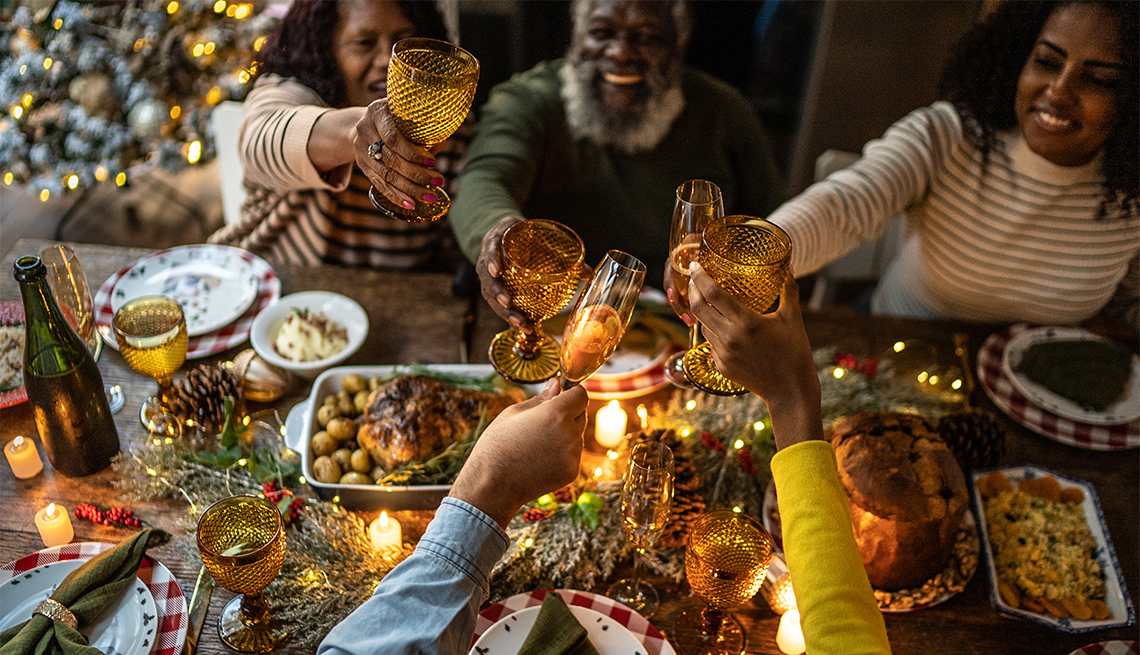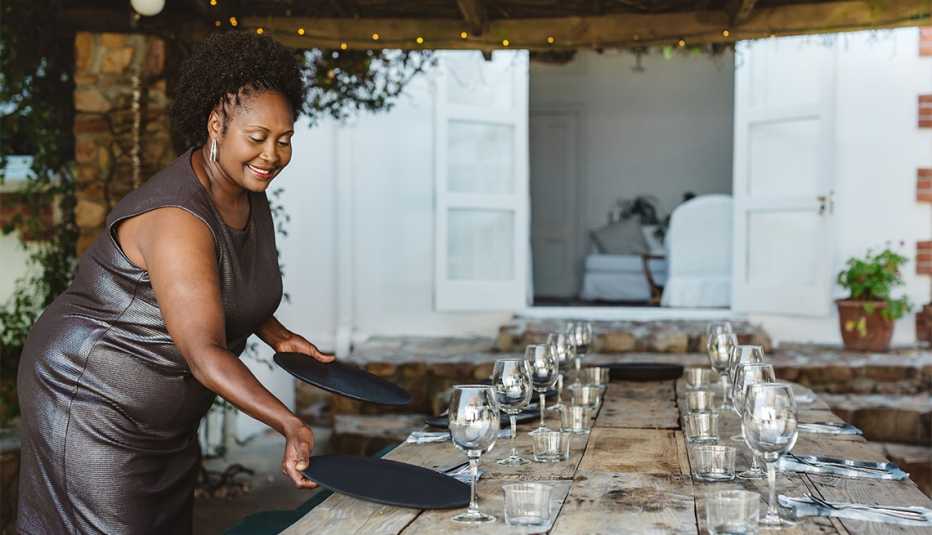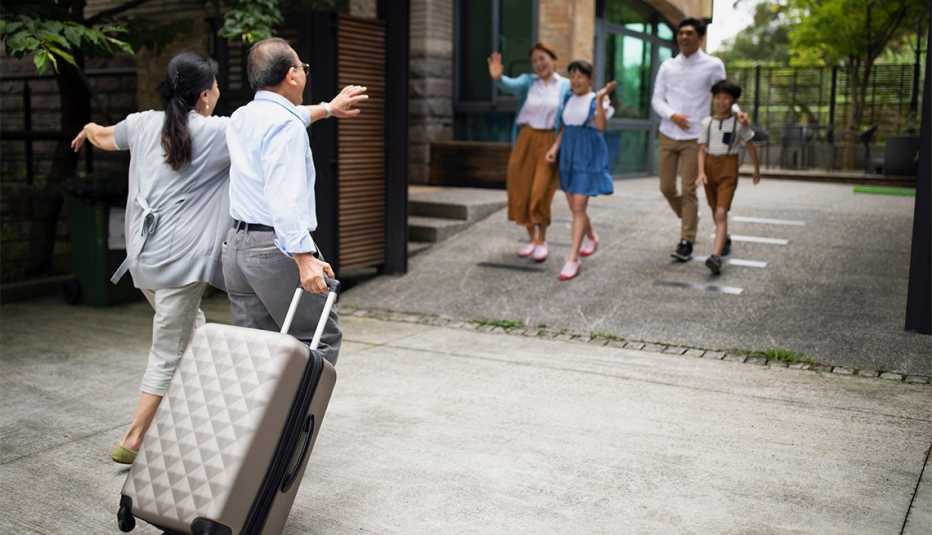Staying Fit
Eric Yanez and his wife, Janet, of Nashville, Tennessee, are expecting seven out-of-state family members for Thanksgiving.
During the early days of the coronavirus pandemic, Yanez was cautious and only socialized with a small neighborhood bubble. While he still wears a mask sometimes — around older people, on airplanes or when required by a store or venue — this year, he has no plans to ask guests about their vaccination status for the holidays.


AARP Membership— $12 for your first year when you sign up for Automatic Renewal
Get instant access to members-only products and hundreds of discounts, a free second membership, and a subscription to AARP the Magazine.
“I’m not going to be the vaccine police,” says the 54-year-old business development manager. “I’m so over COVID.”
So is a lot of the country.
According to a September 2022 Monmouth University poll, just 1 in 3 adults reported they were “very likely” to get the new bivalent booster that targets the BA.4 and BA.5 subvariants of omicron—even though 51 percent received previous boosters.
The same poll also found that only 25 percent of adults support social-distancing guidelines and wearing face masks. That figure stood at 63 percent a year ago.
Despite that, COVID hasn’t disappeared — not by a long stretch. Emerging variants and waning immunity remain a concern this winter. The Centers for Disease Control and Prevention (CDC) noted in early November that COVID-19 cases and hospitalizations in the U.S. had been decreasing, but that the decline had slowed. In early November, the CDC was reporting more than 350 U.S. deaths per week from COVID-19. Plus cold and flu season is off to an earlier start than usual.
Of course, there are people who have underlying conditions or special circumstances that make it impossible to forget that COVID still exists. But is the majority of society now entering a new stage where we learn to live more freely with the risk?
In an AARP tele-town hall on Oct. 21, White House Coronavirus Response Coordinator Ashish Jah, M.D., noted that “COVID is no longer front of mind for everyone.” He called this good news. “We don’t need to be in that same kind of emergency ‘thinking about COVID all the time’ phase,” he said. “And if people continue to protect themselves with vaccines and treatments, we can really put COVID behind us.”







































































